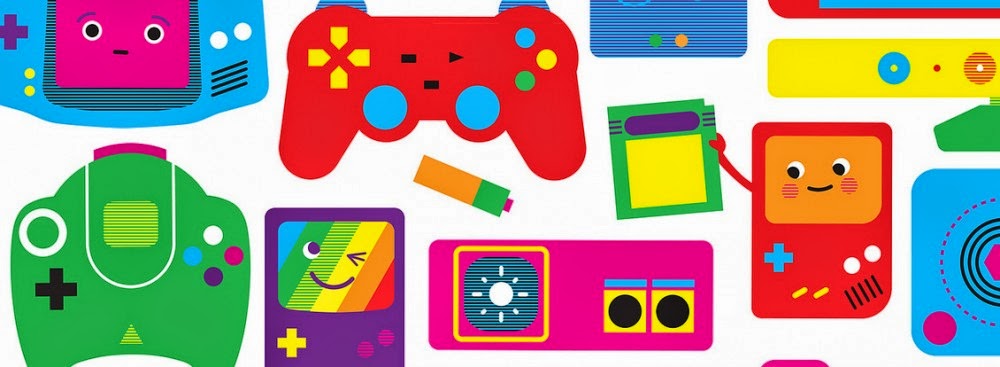Netiqueta

La primera vez que leí esta palabra, no conseguía deducir su significado por el contexto. En realidad, esta palabra no necesita contexto, porque surge de la fusión de dos términos: "Net" : red (Internet, redes sociales) y "etiquette": buen comportamiento, buena educación cuando nos relacionamos con otras personas. Pero yo no supe ver su etimología de primeras, así que tuve que recurrir al buscador de Internet para averiguarlo en la gran Wikipedia y, me gustó tanto lo que averigüé que sentí la necesidad de compartirlo con otros. Me pareció que sería necesario que todo el mundo tuviese en cuenta estas reglas fundamentales de comportamiento digital.
Netiqueta es un término que refiere al uso de buenas prácticas en Internet, a tener educación cuando utilizamos las redes sociales, a no aprovecharse de los esfuerzos de otros y a ser conscientes de que cuando nos conectamos, es como si estuviésemos reunidos en un sitio con muchas otras personas. Pensemos que esa sensación de seguridad que nos da vernos a solas con nuestro equipo informático es falsa. Estamos conectados con otras personas, comunicando nuestros pensamientos y sentimientos para que otros lo lean y, en ese punto, debemos evitar ser maleducados, porque no nos gustaría que fuesen así con nosotros, ¿verdad?. Así que, seamos prudentes y procuremos comportarnos en las redes sociales de la misma manera que lo haríamos en una reunión con otras personas: ¡no conviene decir nada que no diríamos en público...!

La Wikipedia en http://es.wikipedia.org/wiki/Netiqueta nos ofrece una definición de Netiqueta:
Netiquette (término inglés) se utiliza para referirse al conjunto de normas de comportamiento general en Internet. La netiqueta no es más que una adaptación de las reglas de etiqueta del mundo real a las tecnologías y el ambiente virtual. Aunque normalmente las tendencias de etiqueta han evolucionado hasta llegar a formar incluso parte de las reglas de ciertos sistemas, es bastante común que las reglas de etiqueta se basen en un sistema de “honor”; es decir, que el infractor no recibe siquiera una reprimenda.
De la misma manera que existe un protocolo para los encuentros físicos con personas, la así llamada netiquette describe un protocolo que se debe utilizar al hacer "contacto" electrónico.

10 Reglas básicas de la Netiqueta
- Regla 1: Nunca olvide que la persona que lee el mensaje es otro ser humano con sentimientos que pueden ser lastimados.
- Regla 2: Adhiérase a los mismos estándares de comportamiento en línea que usted sigue en la vida real.
- Regla 3: Escribir todo en mayúsculas se considera como gritar y además, dificulta la lectura.
- Regla 4: Respete el tiempo y el ancho de banda de otras personas.
- Regla 5: Muestre el lado bueno de sí mismo mientras se mantenga en línea.
- Regla 6: Comparta su conocimiento con la comunidad.
- Regla 7: Ayude a mantener los debates en un ambiente sano y educativo.
- Regla 8: Respete la privacidad de terceras personas, hacer un grupo contra una persona está mal.
- Regla 9: No abuse de su poder.
- Regla 10: Sea objetivo sobre temas cuyo bien primordial no afecte el general.
Para más información acerca de
este tema:
Las buenas maneras en Internet, Miguel Zapata-Ros
y también:

